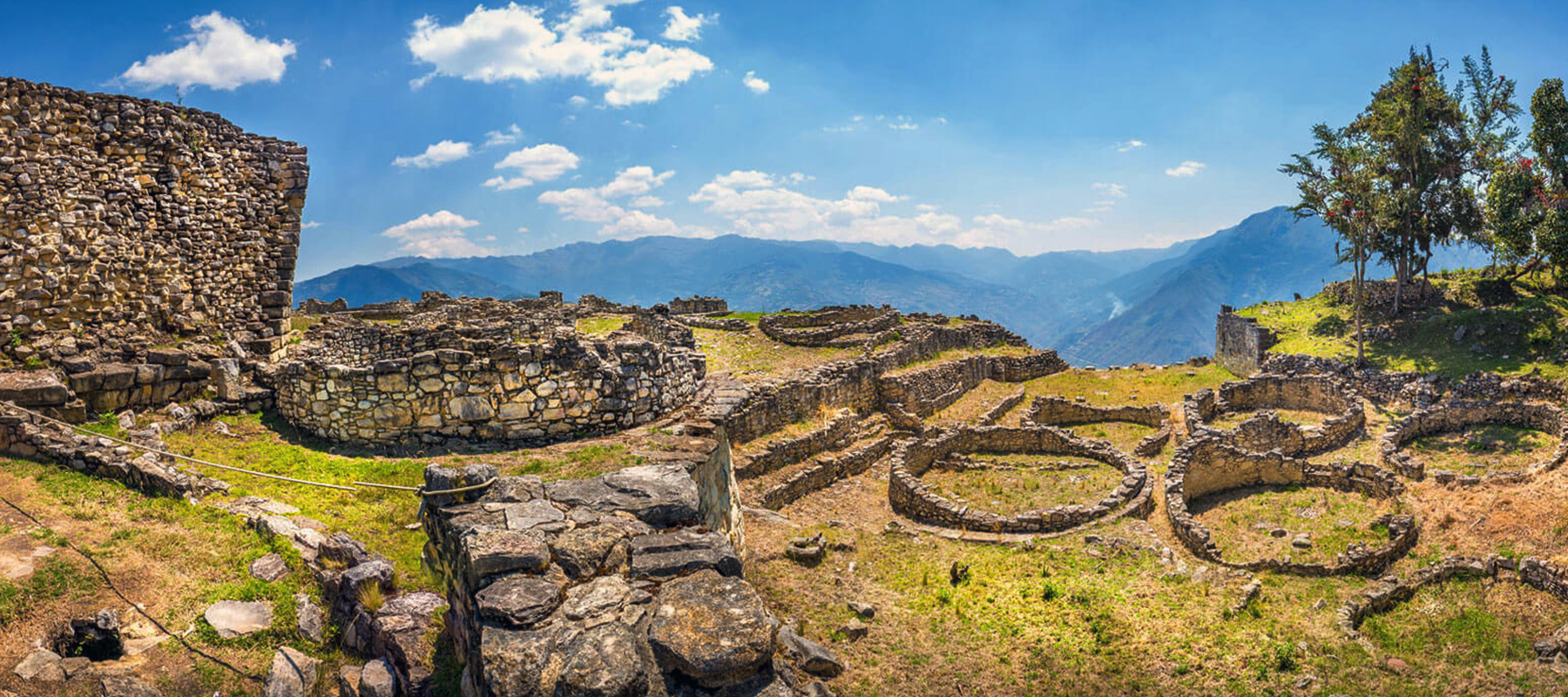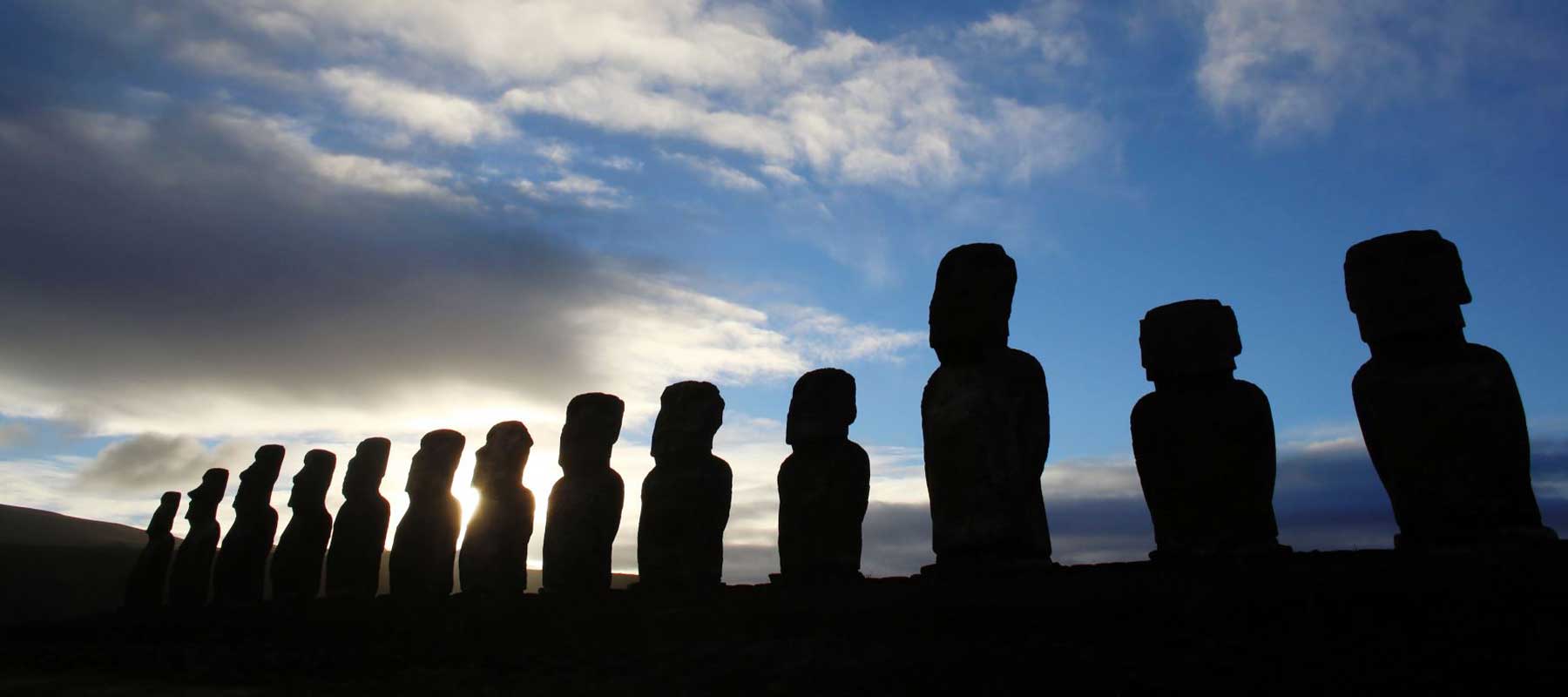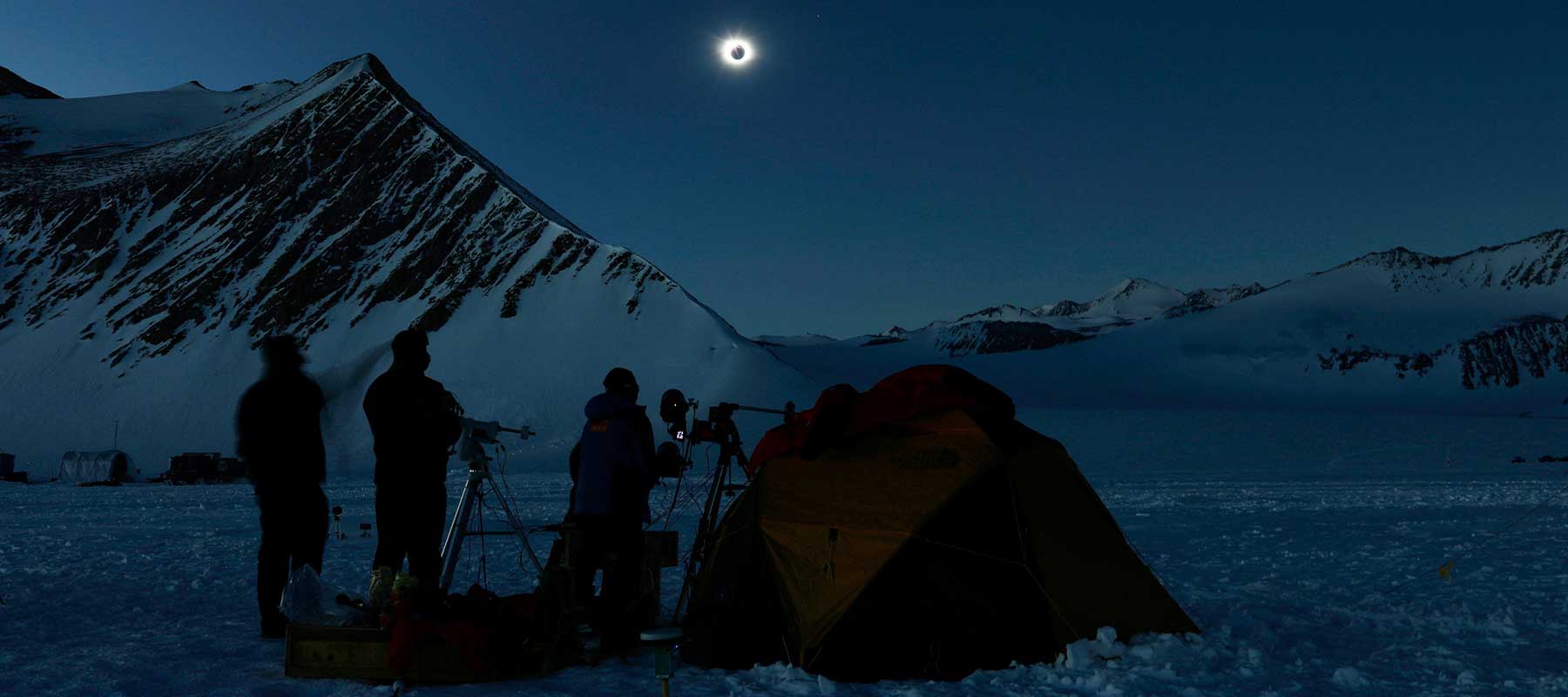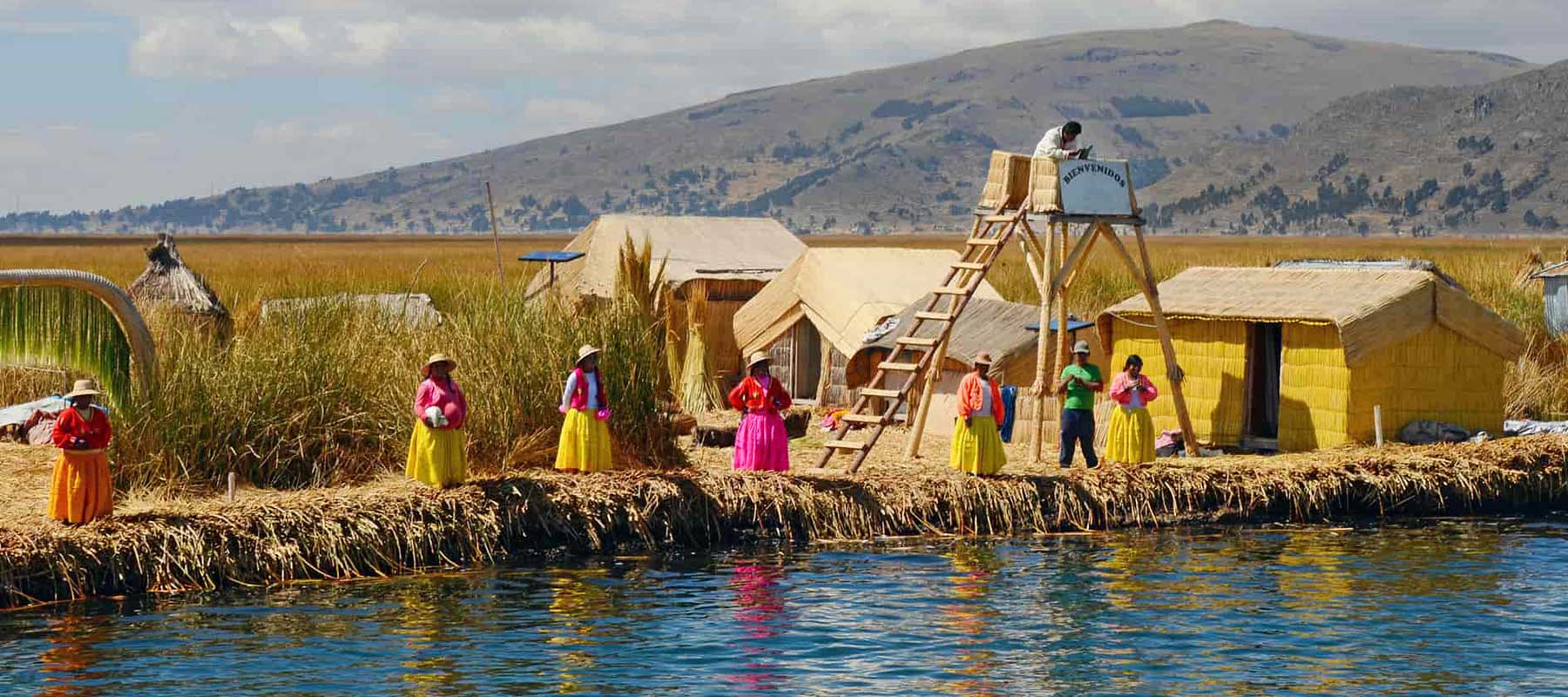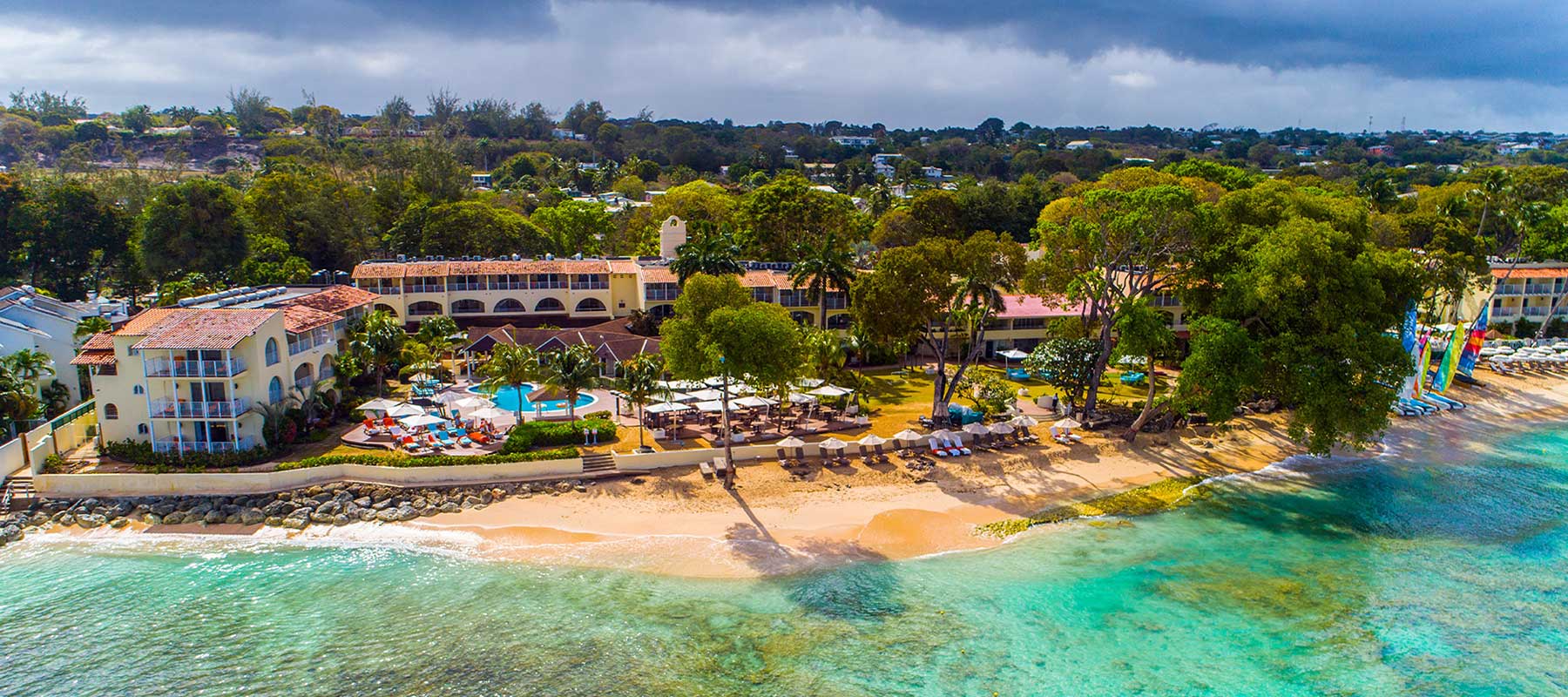In an effort to elevate some of its ancient monuments to the level of the illustrious Incan citadel in Peru's Sacred Valley, Machu Picchu, the country has been making serious efforts to achieve just that for the last several decades. Some of these sites are more well-known than others; for example, Kuélap is a massive walled mountaintop settlement that was once home to the enigmatic Chachapoya civilization, the legendary cloud forest warriors. Others are more obscure, like Choquequirao, the "cradle of gold" revered as the location of the Incas' last stand against the Spanish.
In addition to luring daring tourists, the push to crown new successors is an attempt to divert attention away from Machu Picchu, which was already destined to become an icon of overtourism before the pandemic. (In 1980, the site had fewer than 200,000 visitors per year; in 2018, that number increased to over 1.5 million; in comparison, Machu receives around two days' worth of tourists per year at Choquequirao.) On a daily basis, much more people visit Machu Picchu than ever lived there; according to one writer, there is a new Instagram post with the hashtag #Machu every 48 seconds.
The prospect of exploring neglected archeological masterpieces in relative seclusion appealed to my natural aversion to large gatherings of people. I started making a list of all the Peruvian sites I wanted to see on Google Earth a few years ago, and now I can see the country's treasures with the tap of a finger. Aracari Travel's Marisol Mosquera, who is headquartered in Lima, gave me a reality check when I contacted her. She pointed out that my hypothetical schedule was flawless, with the exception that it would take months.
It can be excruciatingly slow to travel through Peru, even though the distances on maps look small when seen from above (especially on the narrow, vertiginous roads that are prone to washouts, rockslides, and an astonishing variety of livestock). It took Mosquera 17 hours to drive to a location that I had thought would be perfect for a day vacation. Getting to the sites usually requires long hikes, and there isn't much more than that.
However, Mosquera noted that the northern Amazonas region, specifically the area surrounding Chachapoyas, had become more appealing to her. The colonial mountain town was first settled by the Incas in the late 15th century and later by the Spanish in the mid-16th century. It was named after the formidable "lost" civilization that lived in the "eyebrow of the jungle" from approximately A.D. 500 until its eventual conquest.
Kuélap stood out among the many Amazonian sites because of its enormous walls and hundreds of houses, many of which are still standing. The site was rediscoveried in the 1850s, but it wasn't until the late 20th century that it received significant attention. In addition, Mosquera loved two chic, little inns that were owned by women, situated on reforested land, and rather close to important landmarks.
First, the COVID pandemic hit, and then I remembered I needed to renew my passport, both of which derailed the vacation I had planned. At long last, I settled on a week at the end of April 2022. However, ominous signs persisted. In late 2021, several highways were damaged when an earthquake of a magnitude of 7.5 hit Amazonas. Plus, there were political demonstrations and a transport workers' strike in the weeks leading up to my departure date from Peru. If you want to know more about the country's political volatility, you may consult the U.S. State Department website.
The government shut down the site at Kuélap after a portion of the repaired wall fell, just days before I was about to head out. According to Rob Dover, who runs Vilaya Tours in Chachapoyas and is a dual national of English and Peruvian, I should still go to Kuélap for two reasons: first, to highlight what many see as the government's negligence in causing the situation there, and second, because there are so many other things to see and do in the area.
One more obstacle remained. Robert, my brother-in-law and travel companion, confessed to me on the night before our trip that he was terrified of heights. In my imagination, I could see winding roads leading to the pueblos perched on mountaintops at an elevation of 10,000 feet. "Consider it as a form of exposure therapy," I quipped.
Stepping out onto the spacious deck of my cabin at the Gocta Natura Reserve, I had the startling impression that I was inside the white noise machine—with its "waterfall," "stream," and "rainforest" settings—that had allowed me to sleep through the chaos of New York City for years. As I stood there, I beheld the days' worth of rain gushing down the gigantic Gocta waterfall, one of the world's largest at 2,530 feet. As it rumbled gently across the valley, a symphony of birdsong accompanied it; far away, the Gocta River babbled. Gocta Natura is situated outside of the sleepy little hamlet of Cocachimba, which is around an hour's drive from the largest city in the area, Chachapoyas, which practically everyone affectionately refers to as "Chacha." The small airport is reached three times weekly by a 90-minute flight that departs from Lima. As a popular destination in its own right, Chachapoyas is well worth exploring for the day. There is a university in this picturesque mountain town, and the cobblestone lanes are dotted with whitewashed buildings that have dark wood features that give them a Bavarian appearance.
Our journey to Gocta Natura began with a short break at Huancas, a small hilltop community with a breathtaking panorama of the Sonche Canyon. Rocío Florez and her husband used to visit the area in the early 2000s while she was working for the World Bank in Lima. At that time, the six-cabin eco-lodge was already in its second life. A plot of farmland was purchased by them after they were enchanted.
The falls were formerly kept primarily a secret by locals, but in 2002 a German engineer measured them and pronounced them the third tallest in the world. The initial claim has been reduced lower, but the falls are still impressive—and they descend in two phases with the top split into two channels—and they gave birth to a new business of tourists. A few modest inns sprung up, and a dirt road was constructed. Imagined as a "productive retirement," Florez set out to construct her homes and plant trees. She has extensive knowledge of sustainable development and was instrumental in the early stages of legislation to mitigate tourism's harmful impacts. She mentioned that the growing economy has been attracting some younger generations to come back to Cocachimba.
Fortunately, Cocachimba still seems very drowsy. The only other tourists we saw on our seven o'clock ascent to the falls (some people ride horses), which is about eight miles, were two young Danes. As it meandered through dense cloud woods, the trail—at times smoothed out with pavers and other times a muddy track—was adorned with ferns, bromeliads, and mosses. We saw some little shuttered shacks that sold icy beverages. Along on the ride was a small white dog that followed closely behind, eagerly anticipating the next turn. He was called Jefe by us.
When we reached the waterfall's base, we were transported to a shimmering verdant paradise. By the time it reaches the base of the waterfall, the water is primarily mist due to its height; yet, the powerful waves of cooling vapor spread forth. Here, we were totally alone, in contrast to smaller waterfalls that were swarming with selfie-takers. The sirena, a type of mermaid, which some locals think lives there, was nowhere to be found.
Upon our return, we started to see more people, primarily those who were visiting Chachapoyas for the day. Lunch is about to be served at Gocta, one of three meals per day provided by the lodge. This extensive culinary program is supervised by Matías Cillóniz, who is also the owner of a bistro in Lima and is the son of Florez. The property grows a lot of the food that is offered, including fruits from the Amazon like passion fruit and cherimoya. Some of the menu's most notable items come from a nearby hilltop community where a group of women farmers cultivate Andean black potatoes, one of more than four thousand native potato species in Peru.
Florez hopes to raise the bar on hospitality in Cocachimba. "I've just taught two women who have been with me for years to give massages," she informed us. Since many of her outings involve long car rides, she is attempting to improve Gocta as a tourist destination. "The plan is to reward yourself with some pampering after an exhausting but rewarding activity."
After a refreshing chilcano de pisco cocktail in the late afternoon, we strolled into town to see a hummingbird sanctuary that had just been established by Elmer Yalta, a small hotel owner whose livelihood was disrupted by the COVID-19 pandemic. He discovered the endangered colibri cola de espátula, a bird species known for its drooping, two-pronged tail, on a piece of land he inherited from his father on the outskirts of town. Transforming the farmland into a forest filled with plants that attract hummingbirds was Yalta's first pivot. While seated in a shed, our eyes were drawn to a cluster of feeders. Suddenly, a bird materialized before us, its stunning beak prodding into the feeder as if it were a ghostly twin. Plant the correct amenities, and people would come; this seemed to be the lesson of Yalta and the tourism industry as a whole. Ecosystems are delicate, so proceed with caution.
Harrison Ford's renegade archaeologist trades a sack of sand for a shiny gold fertility statue in the 1981 film Raiders of the Lost Ark, which reportedly takes place in this region of Peru. Even though it wasn't really used for filming, there were times when we could have easily thought we were in Indiana Jones's universe. Cerro el Tigre, a group of Chachapoyan sarcophagi found by a shepherd in the nearby community of San Jerónimo in 2013, was the destination of a nearly two-hour cab ride I made one day. Robert, seemingly anticipating something, decided to remain at Natura and savor a book while gazing at the waterfall. Thankfully, even the path leading to the settlement was treacherous.
The cashier at a tiny grocery, like many Peruvian establishments, wanted me to sign a guest book as the last time anyone had been there was weeks ago. Annali, a 16-year-old girl, accepted my cash—10 soles (about $3) for the entrance charge and 50 soles (about $13) for the tour. Annali, who was casually dressed in a colorful sweater and Wellingtons, led my driver Elvis Hernández and me along a road to Cerro el Tigre. Elvis had never been to the place before but invited himself along.
A massive, vertical rock wall stood in the distance as we strolled through a field, past dragon-fruit trees and cows. As soon as the butterfly-populated trail crossed a tiny waterfall, it wound its way up a maze of steep switchbacks into thick cloud forest. We cautiously made our way across wet, hand-built wooden bridges and up muddy parts before emerging onto a high ledge adorned with house rubble, pottery shards, and, most shocking of all, a cluster of human skulls arranged on a rock.
Annali pointed to a bridge constructed of logs that had been hewn by hand, and I was still attempting to determine their location when she said it. An enormous tree protruding into the distance was fastened to the end of a ladder, which was more accurately a set of boards. With apprehension, I climbed up what seemed like a flimsy tree house from my childhood in the suburbs of the 1970s. I gently turned around as I reached the summit.
The sight of a row of diminutive creatures, their clay, rounded bodies laid out like Kewpie dolls beneath a rock outcropping, had an eerie, primordial impact on me. Across the Peruvian altiplano, their smooth, oval features bore solemn gazes, their high carved foreheads casting shadows on their simple painted eyes. Looking more closely, we could see that the human remains had been plundered via breaches in the sides of the sarcophagi. After taking it all in, I erred by glancing down. A precipitous decline, sometimes concealed by thick vegetation.
Not everyone is cut out for Cerro el Tigre; the viewing platform doesn't adhere to any recognized safety code, and getting there is no picnic. Elvis and I once had to assist a truck driver who had pulled over in front of us in clearing the road of numerous large boulders. There was no denying the exhilaration of pure adventure, though. Up 3,000 feet above the town, I had been almost alone among the rubble of a tomb that had been built a thousand years ago. Unmediated, little-visited, extraordinary locations like this are becoming more and more rare. Still, if Cerro el Tigre were more well-known, it would undeniably help the locals out by attracting tourists who would spend money in the area's towns.
These kinds of moments continued to occur. Robert and I went to a new archeological site called Cambolín, which is located near Chachapoyas and was discovered one afternoon. Archaeologist Jeff Contreras Soto and San Juan de Sonche resident Amado Lopez met us at the windswept peak, which, surprisingly, was easily accessible by car. San Juan de Sonche is responsible for organizing tours of the site and the adjacent zipline and waterfall. As a typical treatment for hypoxia, Lopez presented a plastic bag containing coca plants. Whether it was a placebo or not, we gave in to the high-altitude cravings.
After getting our bearings, we accompanied Contreras Soto on a tour of the complex, where he pointed out features like as the circular buildings' distinctive, partially-restored mortar joints or pictographs featuring red target-like figures. According to Parker Van Valkenburg, an archaeologist from Brown University, the Chachapoya were probably not a monolithic culture but rather a "mosaic of smaller polities that may have banded together" to fight the Incan empire. The apparent failure of that tactic was shown by the square-shaped structures at Cambolín, which were a staple for the Incans.
Can Machu Picchu be surpassed by Cambolín? No. On the other hand, we spent two hours at a major, active site that is still being studied in solitude with an archaeologist. After that, we were escorted to the nearby town for lunch in the community hall with a few other students who were also working on the site. The women serving us were dressed traditionally, and they proceeded to pour us a series of regional elixirs.
"I've never seen a culture that has so many ways of burying their dead," Adriana von Hagen told us over dinner at Kentitambo, the modest inn outside the village of Leymebamba that she and her partner, Oscar Bravo, run. There were subterranean burials, sarcophagi set on cliffsides for important people, and above-ground graves called chullpas. She made the observation that, "The walls of Kuélap are great big cemeteries," meaning that every crevice had been used to store human remains.
Von Hagen is a co-founder of the Leymebamba Museum, which is directly over the road from the inn. She educated as an archaeologist and is the daughter of the famous American explorer and writer Victor von Hagen. Located three days' horseback ride from Kentitambo, it opened in 2000, just after the Chachapoyan mummies were discovered, next to a place named Laguna de Los Cóndores.
"We initially believed that on-site conservation would be possible," she explained. The potential for more plunder, however, was too high. A museum was constructed to accommodate the collection using private financing. As with everything else we had seen that day, we had the place to ourselves as we visited this intriguing location. Through the glass, we could make out the preserved mummies, who were hunched over in a nearly fetal position, their expressions of pain appearing lifeless. (The Chachapoyan mummies exhibited the Trocadero Exposition in Paris in 1899 were the inspiration for Edvard Munch's The Scream.) The museum houses a wide variety of relics, including quipus, which are knotted strings that the Incas utilized as a method of numerical computation.
While sitting at the table in Kentitambo, one feels as if they are invited to an archaeological salon, where von Hagen sarcastically criticizes the Sacred Valley's overtourism or the government's neglect of Kuélap ("it's been in scaffolding for years"). Bravo joins in with a joke that makes everyone laugh. Guests of the inn include archaeologists and other types of naturalists. (A new species of butterfly was discovered in the area by a couple from Michigan who are frequent visitors and avid lepidopterists.) Compared to Gocta, it has a more homey vibe and serves more rustic, homemade fare. The weather is slightly damper and slightly chillier. As befits its moniker as the "hummingbird inn," the property is teeming with wildlife and plants; from my breakfast chair, I beheld the spatula-tailed hummingbird, an extremely rare species in Cocachimba.
There are some breathtaking archeological sites in the vicinity of Kentitambo. Following our two-hour tour of the Leymebamba Museum, our guide Segundo "Viejo" Aguilar escorted us to La Petaca. We continued our journey south for another hour before getting off at the start of a cattle trail. It had been pouring, and keeping from slipping on the sucking mud while walking required a fine balancing act of rubber boots. Robert hesitated for a moment as we weaved our way through a pastoral, beautiful environment that might have been Scotland. However, with Viejo's encouragement, he persisted and we eventually reached a plateau covered in bracken.
We were taken aback by the sight of a colossal granite face as Viejo sliced a passage with his machete. With our unaided eyes, we could make out tombs etched into the rock. Even more astounding than the fact that the Chachapoya were operating in this setting a thousand years ago is the fact that modern-day archaeologists have investigated those areas by rappelling down the vertical cliff face using modern-day climbing equipment. We took out our picnic lunch and used binoculars to examine the graves and pictographs, rediscovering the joy of being alone with these eerie relics.
Amazonas is not exactly a tourist hotspot. Traveling takes a long time, and you could even have to assist your driver in clearing a way across a flooded road. Hiking to a location is usually more of a challenge than anticipated. At Kentitambo, Bravo used the colloquial term allishito, which means practically just a bit more over there. Once you reach your destination, you will truly appreciate the effort that went into getting there.
